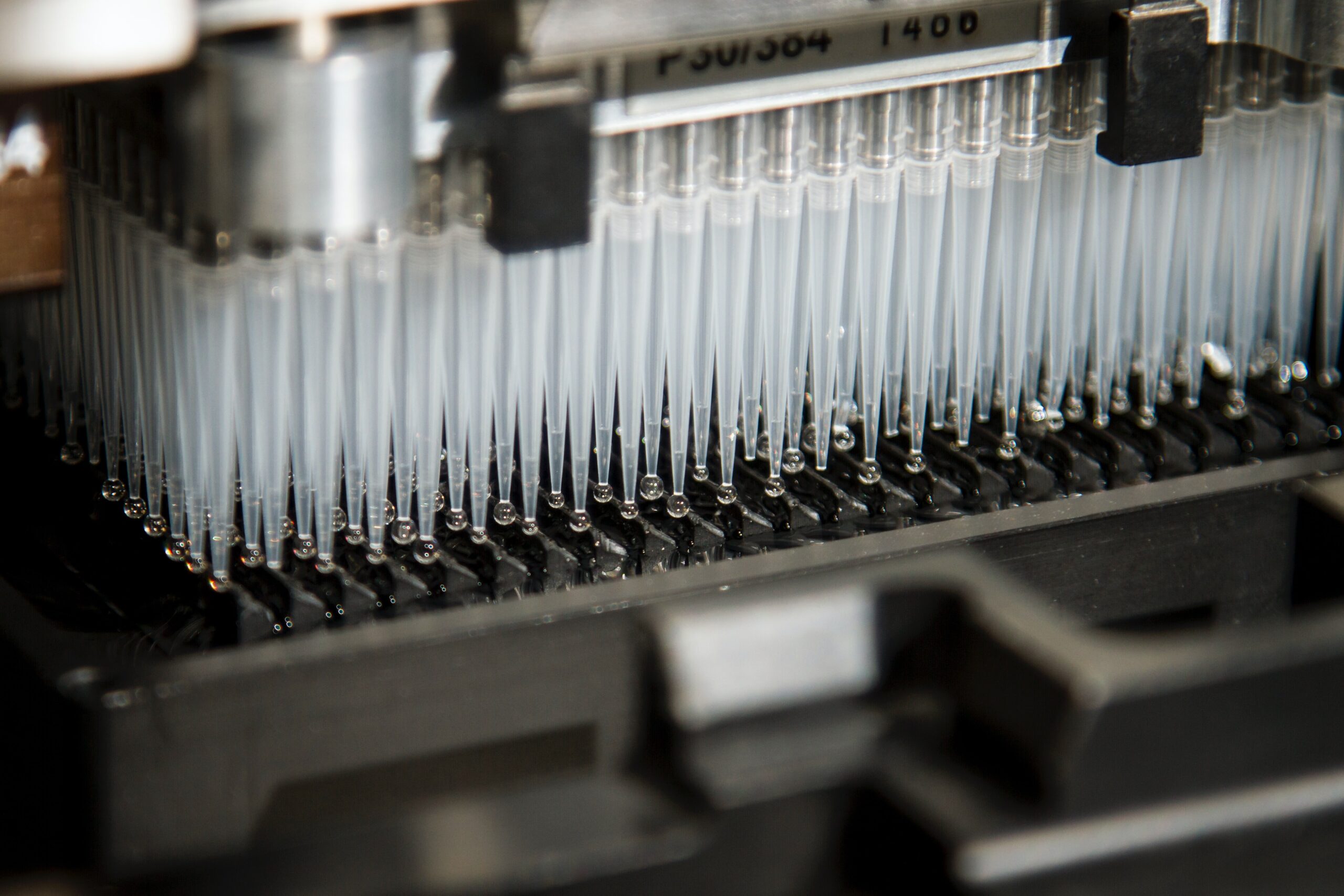
If your facility, company, or institution generates low-level radioactive waste, it must be disposed of properly by law. Low-level radioactive waste is considered any type of material directly contaminated through contact with neutron radiation in small concentrations. It may also include any type of low-level material exposure to neutron radiation. Informally designated by the EPA as Low-Level Radioactive Wastes (LLRW), the classification is considered more a concept than a set definition. Degrees of radioactivity can range from low background levels that occur in nature to the highly contaminated radioactive material found inside the reactors of nuclear power plants or that produced from uranium or thorium mill tailings.
What is Low-Level Radioactive Waste?
Low classification implies that the level of contamination or exposure to the radioactive material is so low that full protective measures from radiation regarding public health and the environment are not warranted. In other words, protective measures are taken to protect people, and the environment is relative to the concentrations of neutron radiation that material is exposed to or contaminated with. Low-level radioactive waste is generated by various public and private industries—government, defense, utilities, manufacturers, medical or research facilities—that require the use of radioactive material in their day-to-day operations.
The classification of low-activity radioactive waste is generally linked to its usage by the above industries. Because typical low-level radioactive wastes are those objects and materials that become contaminated through contact or exposure, they could be common items like paper, plastic bags, cardboard, or packaging material. Still, they may be the waste from cleaning or cleanup operations, too—mops, wiping rags, filters, protective shoe covers, clothing, or reactor water treatment residues. Various tools and devices used in certain medical applications are often exposed to low-level radiation—swabs, medical tubing, needles and syringes, gloves, masks, clothing, and laboratory equipment. Even animal carcasses and their tissues used for research may require proper handling and disposal.
Industries That Produce LLRW
Any radioactive material handling and waste-producing entities—medical and research facilities, public and private labs, military contractors, hospitals, schools, and educational institutions, and related businesses and companies—must hold applicable licenses. Low-level wastes are stored on-site until the radioactive material has sufficiently decayed to the extent it can be disposed of as ordinary trash or until amounts stored are large enough for shipment to a designated low-level waste disposal facility licensed by the Nuclear Regulatory Commission (NRC). The low-level waste disposal sites are designed, constructed, and commercially operated to meet safety standards that can last thousands of years.
Like all radioactive material, radioactive wastes naturally decay in time. Once sufficiently decayed, the radioactive waste is no longer hazardous. What makes radioactive material problematic is the time it takes to decay, which can range from a few hours to well over hundreds of thousand years.
How to Properly Manage LLRW
Proper disposal and storage then is the final phase of radioactive waste management. Its primary purpose is to safely remove and transfer the waste to a facility designed to receive the material, where it can be contained and isolated to adequately protect people and the environment from radiation contamination. It must comply with the NRC, which regulates nuclear and radioactive waste, and the Department of Transportation (DOT), which oversees the safety and security of hazardous materials during transport, and any additional state and local regulations.
Industries that require the removal and transfer of low-level radioactive wastes must do so with certified radioactive waste handlers. MLi Environmental is among a network of approved and certified radioactive waste disposal outlets that fully comply with the laws and guidelines issued by regulatory bodies. Because such radioactive materials come from several sources, the professionals at MLi are fully trained and certified to handle and dispose of naturally occurring radioactive materials (NORM) and low-level wastes such as biological specimens, mixed radioactive and hazardous wastes, uranium and thorium compounds, Americium-24 found in the ionization chambers of smoke detectors, Alpha, Beta, and Gamma radiation sources, among other low-level wastes.
For more information on safely removing and disposing of low-level radioactive waste from your facility, contact the experts at MLi Environmental.
